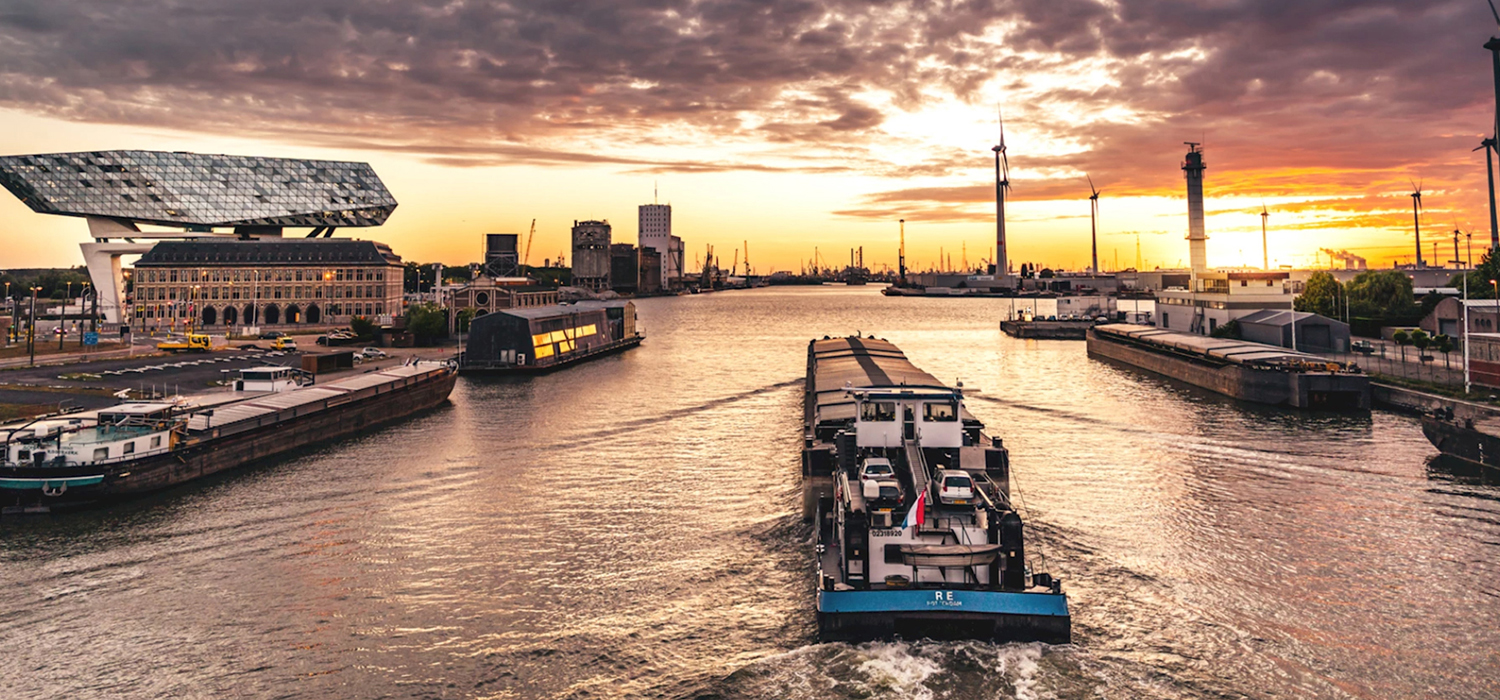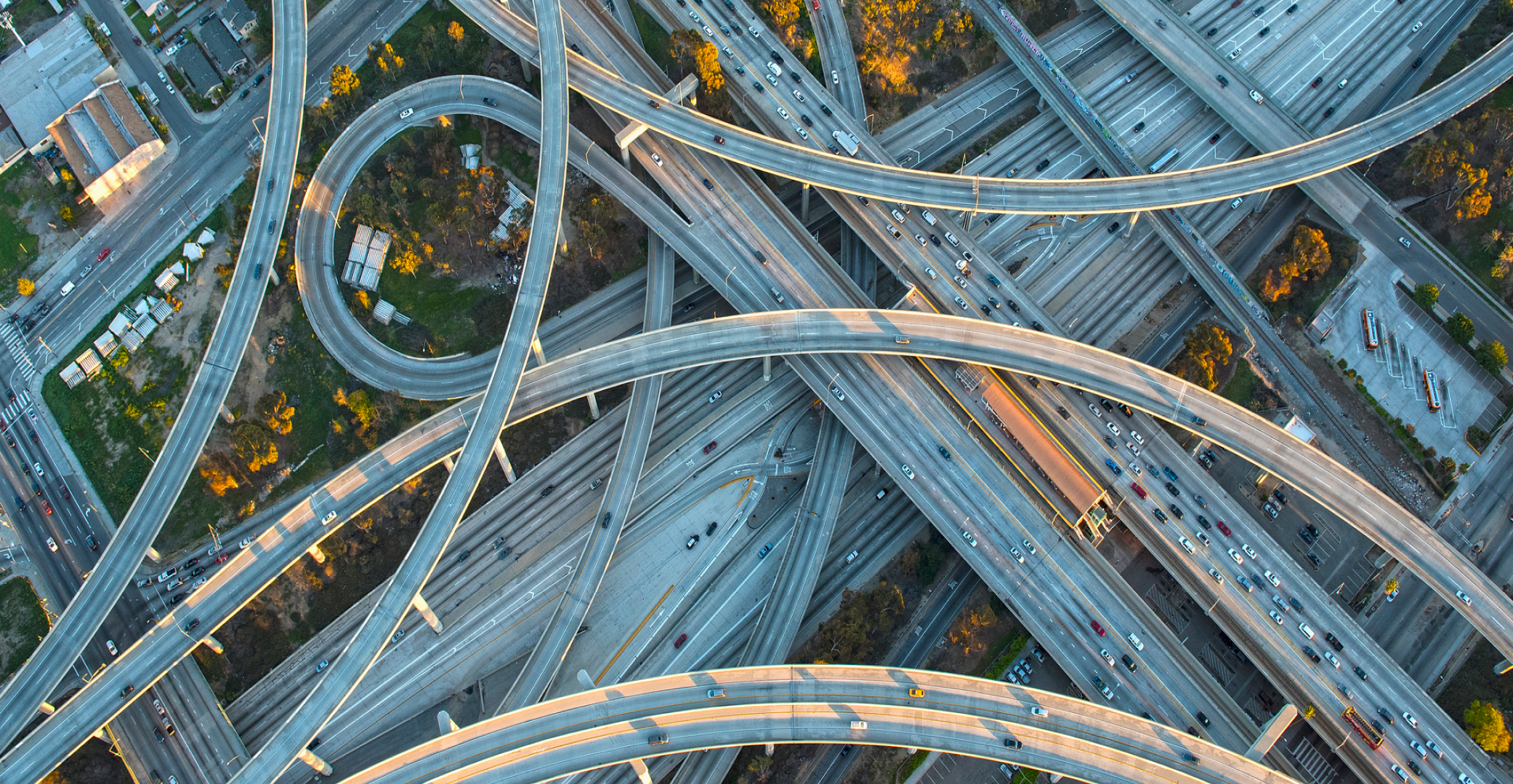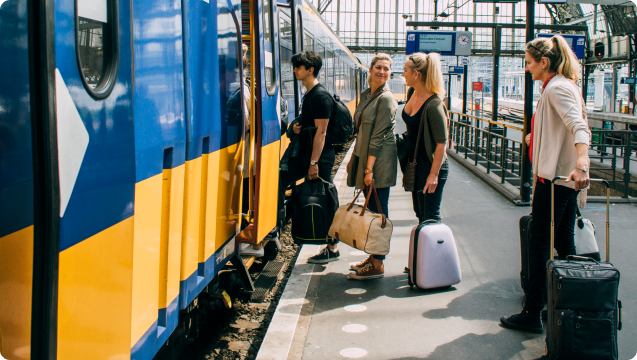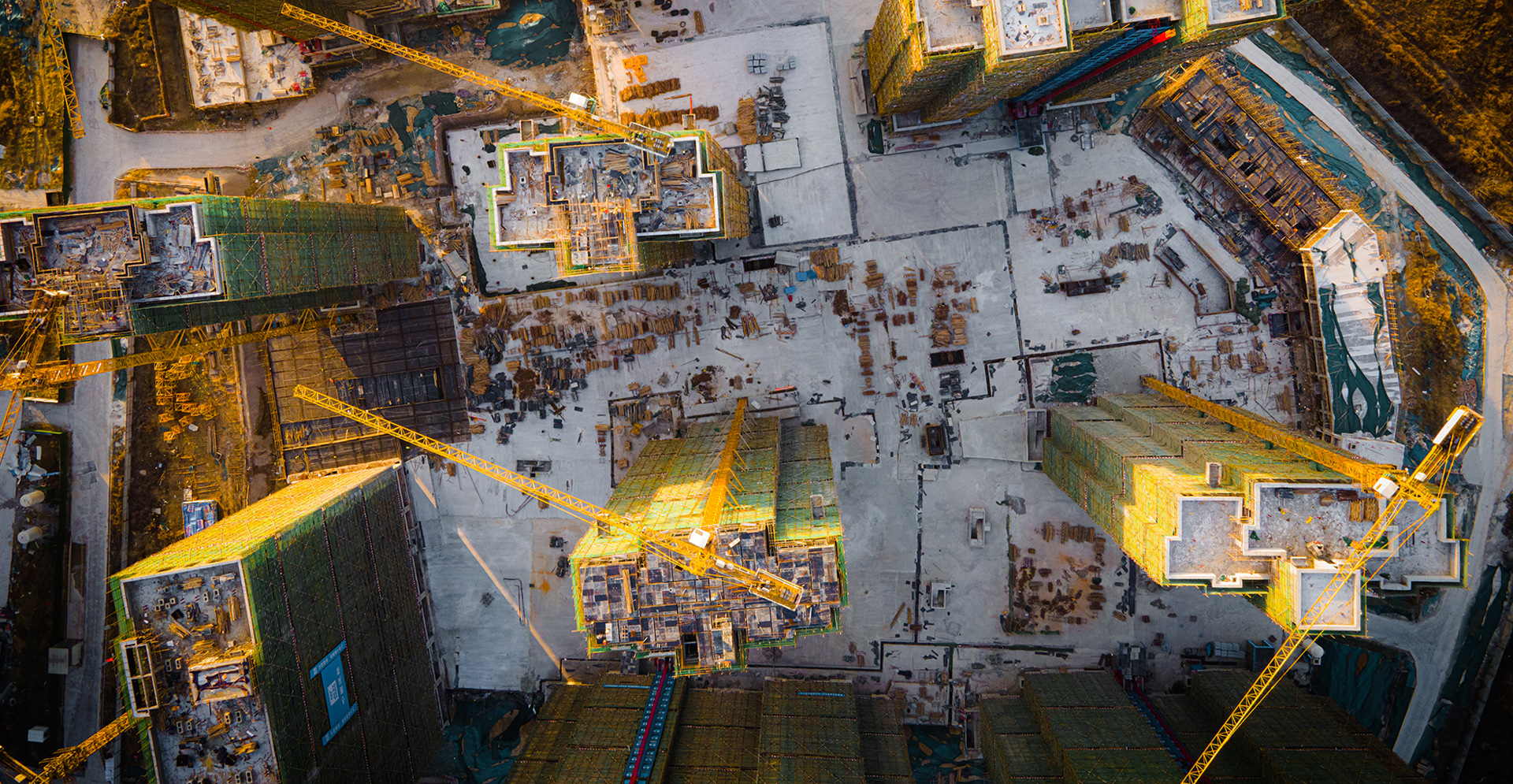Table of Contents
The challenge
By 2030, the City of Antwerp wants to achieve a 50–55% reduction in CO2 emissions compared with 2005 levels and eventually become climate neutral by 2050.
up to 55%
About 90% of the City of Antwerp's heating requirements are currently met by fossil fuels such as oil and gas, which negatively impact the environment. This led the city to seek sustainable and affordable alternatives that will help it achieve its climate goals for 2050. Based on Antwerp's 'Climate Plan 2030', the city intends to accelerate its sustainability roadmap and achieve a 55% reduction in emissions compared with 2005 levels by 2030. One of the strategies the city is considering helping it meet its goals is the development of a sustainable district heating network powered by residual heat.
The solution
In partnership with the City of Antwerp, Arcadis is creating a roadmap for the implementation of a complex district heating network program that draws residual heat from industrial businesses.
10%
The sustainable district heating network will transport residual heat from major industrial businesses to buildings in the city via an underground network. The aim is to connect the equivalent of 35,000 homes by 2030. With its proximity to the port, home to Europe's largest chemical cluster, Antwerp is perfectly placed to roll out the district heating network on a massive scale. A project of this magnitude is truly a first for Belgium.
Arcadis Belgium, Arcadis Netherlands and AKD took on the coordinating role in 2020. Together, we will explore how large parts of the city can be provided with a district heating network. This involves challenges such as determining the best location to install such a network, which types of buildings will or will not be connected, and which market model and policies are used to regulate access to the network. In our capacity as advisors, we have drawn up a 'Roadmap 2030' for the implementation of this complex district heating network program and providing technical and legal expertise for the city.
-
READ MORE
Where will these heat networks be located? And how will they be rolled out?
The City of Antwerp has identified 5 heat clusters to install the first heating networks by 2030. In Antwerp North, the so-called 'backbone' from the waste incineration plant of Indaver is already in place, and practical preparations are being made to supply heat to the neighborhoods of Luithagen, Luchtbal, and Rozemaai.
In preparation for the installation of district heating networks, careful planning is being undertaken to align with significant upcoming infrastructure projects. For example: along the ring road in Antwerp, designated reservation strips are already being set aside for the future installation of a heat transport connection.
Aside from our work on the heat clusters, we are also working with our partners to create a framework for a district heating network that will serve the entire City of Antwerp. The policy must clarify who can use the heat, what the conditions are and how new projects could link up with the heating network in the future. Initially, these users will mainly be large buildings such as schools, apartment blocks, businesses, and hospitals.

The impact
Antwerp will be able to meet 10% of its heating requirements by 2030 using the district heating network, which will extend to a significant portion of the city by 2050.
71-kton
This sustainable city-wide district heating network will cover 10% of Antwerp's heating requirements by 2030, laying the foundation to be climate-neutral by 2050. To turn this vision into a reality, we need to start thinking now about how heating demands and other planned infrastructure projects will evolve in the future. Utilizing residual heat, this district heating network enhances energy security and promotes more stable prices. Antwerp’s district heating network will serve as a model for other cities aiming to achieve their goals of climate neutrality.

Contact Raji Arasu for more information and with any questions
Want to find out more?
You might also be interested in this:
- Related Projects
- Related Insights
- Related Blogs














